The Beast of the City (1932) and the genesis of the femme fatale
Podemos
traçar as origens de muitos traços dos filmes noir para mais de uma década antes
que o primeiro “noir verdadeiro” – “O Falcão
Maltês”, de 1941 – chegasse aos cinemas. Muitas escolhas de fotografia usadas
no noir vêm do Expressionismo Alemão dos anos 1920, por exemplo. Mas e quanto
aos personagens do noir? De onde vêm os detetives durões e as femme fatales?
Nosso foco hoje serão as mulheres más do noir e do proto-noir.
We can trace
the origins of many film noir traits back to over a decade before the first
“true noir” – aka “The Maltese Falcon”, 1941 – hit the screens. Many cinematography
choices used in noir date from the German Expressionism from the 1920s, for
instance. But what about the noir characters? Where do hard-boiled detectives
and femme fatales come from? Our focus today will be only the evil dames of
noir and proto-noir.
As origens
das femme fatales do noir podem ser encontradas nas vamps dos filmes mudos. Em
Hollywood, algumas das vamps mais icônicas foram Theda Bara em diversos filmes
e Nita Naldi em “Os Dez Mandamentos”, de 1923. Nos anos 30, considerando o
começo do cinema falado, o período pre-Code e o período com o Código Hays já em
vigor, houve um período nebuloso para as mulheres más. Foi um momento em que a
vamp se metamorfoseava e se transformava na femme fatale – e houve mais
mulheres independentes nas telas do que nos 70 anos seguintes.
The origins
of the noir femme fatales can be found in the silent film vamps. In Hollywood,
some of the most iconic vamps were Theda Bara in many of her films and Nita Naldi in “The Ten Commandments”, from 1923. In the 1930s, considering beginning
of the sound era, the pre-Code period and the Code period per se, there was a
nebulous time for bad women. It was a moment when the vamp was metamorphosing
into the femme fatale – and there were more independent women on screen than
there would be for the next 70 years or so.
“A Fera da
Cidade” começa com uma mensagem que parece uma provocação da MGM para os
estúdios Warner. A mensagem é sobre como a sociedade deve parar de glorificar
gângsteres e começar a glorificar os policiais que perseguem estes gângsteres.
Assim que a mensagem acaba, descobrimos que ela foi dita pelo então presidente
Herbert Hoover.
“The Beast of
the City” starts with a message that sounds like a provocation MGM is making to
the Warner studios. The message is about how society should stop glorificating
gangsters and start glorificating the policemen who fight those gangsters. As
the message ends, we find out it was uttered by the then president Herbert
Hoover.
| Via PreCode.com |
O capitão
Jim ‘Fitz’ Fitzpatrick (Walter Huston) e seu time estão investigando o
enforcamento de quatro pessoas. Jim já tem um suspeito: o famoso malfeitor Sam
Belmonte (Jean Hersholt). No escritório de Belmonte, Jim vê Daisy (Jean Harlow)
pela primeira vez, mas não dá atenção a ela.
Captain Jim
'Fitz' Fitzpatrick (Walter Huston) and his team are investigating the hanging
of four people. Jim has one suspect already: well-known wrongdoer Sam Belmonte
(Jean Hersholt). At Belmonte's office, Jim sees Daisy (Jean Harlow) for the
first time, but doesn’t pay attention to her.
A próxima
vez que nós e a polícia vemos Daisy, ela é uma suspeita esperando para ser
reconhecida pela vítima de um acidente de carro. O policial Ed Fitzpatrick
(Wallace Ford), irmão de Jim, se interessa por ela, mesmo estando claro que ela
não teve nada a ver com o acidente. Ela, entretanto, já esteve presa por seis
meses e, ao sair da sala de interrogatório, ela desrespeita um policial que
fala com ela.
The next time
we and the police see Daisy, she is held as a suspect waiting to be recognized
by a victim of a road accident. Policeman Ed Fitzpatrick (Wallace Ford), Jim's
brother, gets interested in her, even though it's clear she had nothing to do
with the road accident. She, however, had already been in jail for six months,
and as she leaves the police station room, she shows no respect for the
policeman who talks to her.
Ed segue
Daisy até o apartamento dela e fala com a moça. Quando eles estão entrando no
imóvel, há um breve momento com as sombras de ambos emolduradas pela sombra da
porta – um frame que é puro noir. Dentro do apartamento, eles bebem cerveja, -
Ed fica muito bêbado – Daisy dança e eles se beijam.
Ed follows
Daisy to her apartment and talks to her. As they're entering the place, there
is a brief moment with only their shadows framed by the shadow of the door – a
moment that is pure noir. Inside the apartment, they drink beer, – Ed gets so
drunk – Daisy dances and they kiss.
Enquanto
isso, Jim e sua família – esposa, filhas gêmeas e filho mais novo interpretado
por Mickey Rooney – têm de se mudar porque ele foi transferido para outra
estação. Sua reação rápida ao roubo de um banco, além de deixá-lo ferido,
leva-o a ser nomeado Chefe de Polícia. Ed, por outro lado, fica chateado porque
Jim se recusa a promovê-lo a tenente.
Meanwhile,
Jim and his family – wife, twin daughters and young son played by Mickey Rooney
– have to move as he is transferred to another station. His quick response to a
bank robbery leaves him wounded, but gives him the status of Chief of Police.
Ed, on the other hand, gets sour because Jim refuses to promote him to
lieutenant.
Daisy, querendo
mais poder e dinheiro, pergunta a Ed sobre a promoção sem parar. Vendo que nada
vai acontecer, ela apresenta Ed a Sam Belmonte, e convence Ed a investir seu
dinheiro com o gângster. Ao mesmo tempo, Jim manda Ed para uma importante missão
de escolta de um caminhão de dinheiro, mas Ed conta tudo sobre a missão a
Daisy, que por sua vez conta os detalhes para outro gângster, sócio de Belmonte,
Cholo (J. Carrol Naish) – e então convence Ed a se juntar ao crime.
Daisy,
wanting money and power, asks Ed all the time about when he will be promoted.
Seeing that nothing is going to happen, she introduces Ed to Sam Belmonte, and
convinces Ed to invest his money with the gangster. At the same time, Jim sends
Ed in an important mission to escort a truck full of money, but Ed spills the
beans about the mission to Daisy, who in her turn tells everything to another
gangster, Belmonte's partner Cholo (J. Carrol Naish) – and then she convinces
Ed to take part in the crime.
Se
considerarmos que uma femme fatale é qualquer personagem feminina que é muito
independente, interessada em riqueza e faz algum mal a um protagonista do
gênero masculino, podemos encontrar mais femme fatales em filmes proto-noir do
que era de se esperar. Por exemplo, a personagem Marie Woods de Glenda Farrell
em “O Fugitivo” (1932) pode ser considerada uma femme fatale, enquanto a Gwen
Allen de Jean Harlow em “Inimigo Público” (1931) não pode, porque Marie
prejudica o protagonista, mas Gwen não.
If we
consider a femme fatale any female character that is very independent,
interested in riches and does any harm to a male protagonist, we can find more
femme fatales in proto-noir films than expected. For instance, Glenda Farrell's
Marie Wood in “I was a Fugitive from a Chain Gang” (1932) can be considered a
femme fatale, while Jean Harlow’s Gwen Allen in “The Public Enemy” (1931) can’t,
because Marie harms the lead, but Gwen doesn’t.
Se Jean
Harlow tivesse vivido mais tempo, eu duvido que ela interpretaria muitas femme
fatales. Nos últimos dois anos de sua vida e carreira, ela explorou mais seu
lado cômico, e com sucesso. Eu acredito que ela teria seguido o caminho da
comédia e se tornado uma rainha do screwball comedy, com poucas
incursões por papéis mais dramáticos.
If Jean Harlow had lived longer, I doubt she
would play many femme fatales. In the last two years of her career and life,
she explored more her comedienne side, and with success. I believe she would
have followed the funny path and became a screwball queen, with a few
incursions into more dramatic roles.
Não há
dúvidas de que a Daisy de Jean Harlow é uma femme fatale no ótimo e duro
proto-noir “A Fera da Cidade” – um filme que passei a conhecer quando ele foi
citado no livro “Cine Negro”, de Alain Silver e James Ursini. O esquema dela
traz desgraça a muitas pessoas, pois há várias mortes no confronto final –
incluindo a dela própria. Daisy foi uma femme fatale cujos atos foram fatais para
ela mesma. E haveria algo pior do que isso?
There is no
doubt Jean Harlow's Daisy is a femme fatale in the great and raw proto-noir
“The Beast of the City” – a film I first heard about when it was mentioned in
the book “Cine Negro”, by Alain Silver and James Ursini. Her scheme disgraces
many lives, as in the final confrontation there are a lot of deaths – including
her own. Daisy was a femme fatale whose acts were fatal to herself. And could
there be anything worse than that?
This is my
contribution to the Femme / Homme Fatales of Film Noir blogathon, hosted by the
Classic Movie Blog Association.

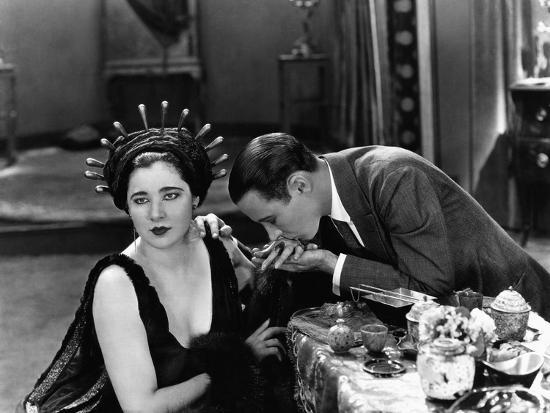
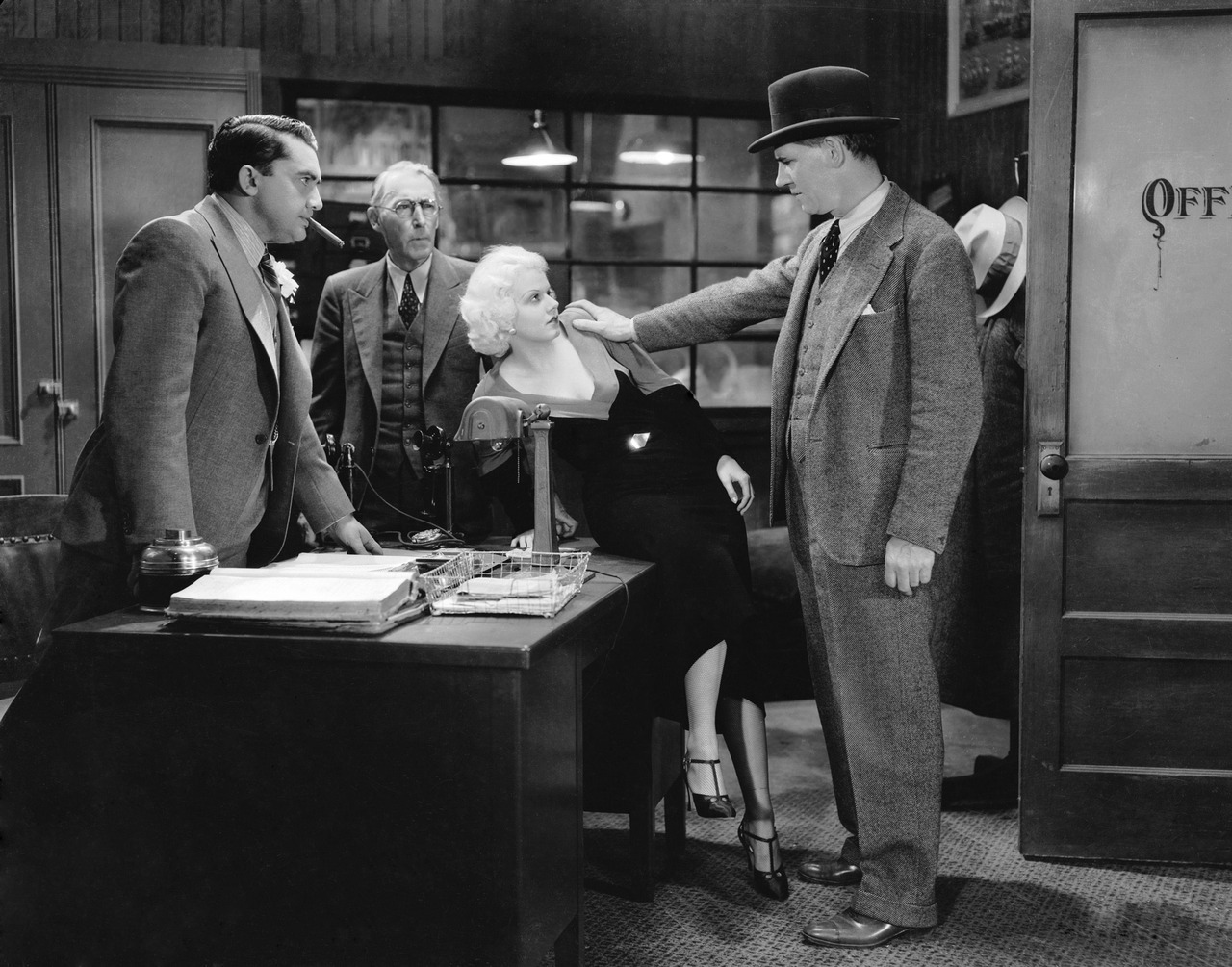

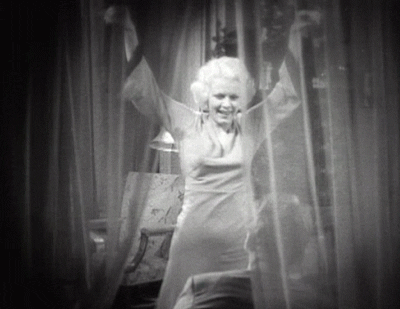


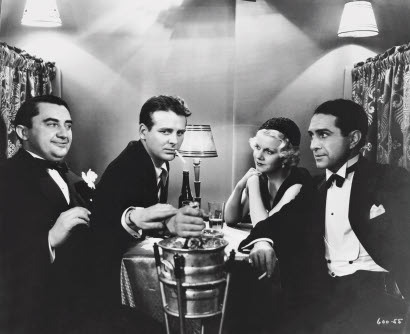
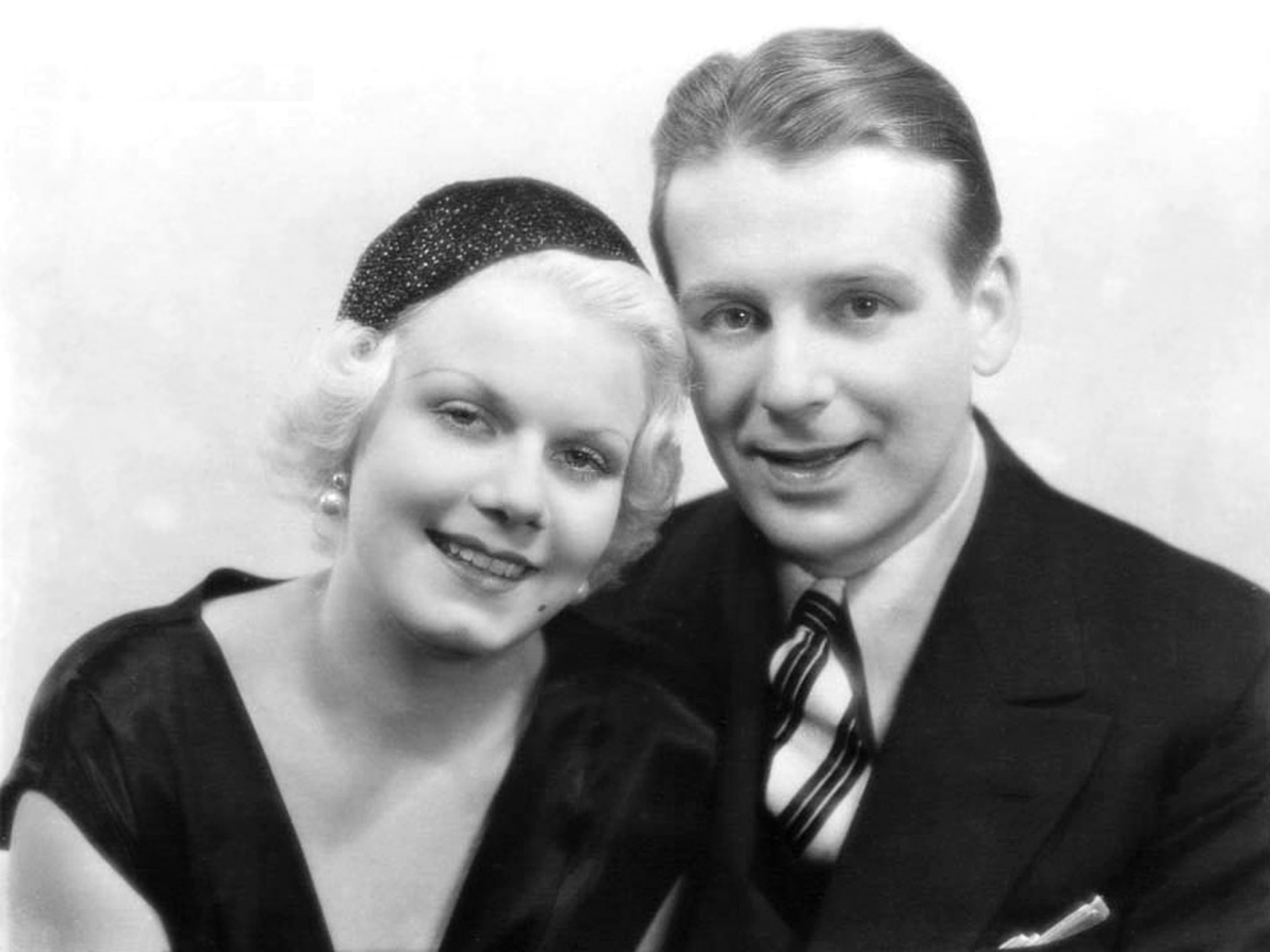

6 comments:
Nunca vi este! Parece muito interessante!
Carol
Your article on The Beast of the City captures the raw emotions and violence presented in the story. I think of this as Jean Harlow's first really accomplished performance. Her femme fatale steals the picture.
Jean Harlow is sooo bad and sexy in this film - the perfect dangerous woman. Great post and a thanks for the shout out to the vamps who paved the way for the femme fatales.
Good point re: the silent vamps being a precursor to femme fatales and independent pre-code women. You also make a good point about Jean Harlow and how she could have OWNED the screwball genre if she lived longer.
As for "The Beast of the City", I haven't yet seen it, but you can bet I'll be tracking it down after reading your fine review. Thanks!
I'm looking forward to watching this - thanks for highlighting a proto-noir for the Blogathon. I think I've seen most of Jean Harlow's films, but not this one. Wallace Ford (one of my favorites) in a leading role is a bonus for me.
Great and really informative article about the thirties roots of noir. Although I love screwball Jean, I have to admit that she's really great here and it was a step forward for her career.
Post a Comment